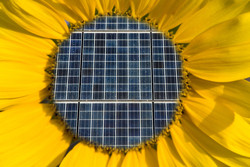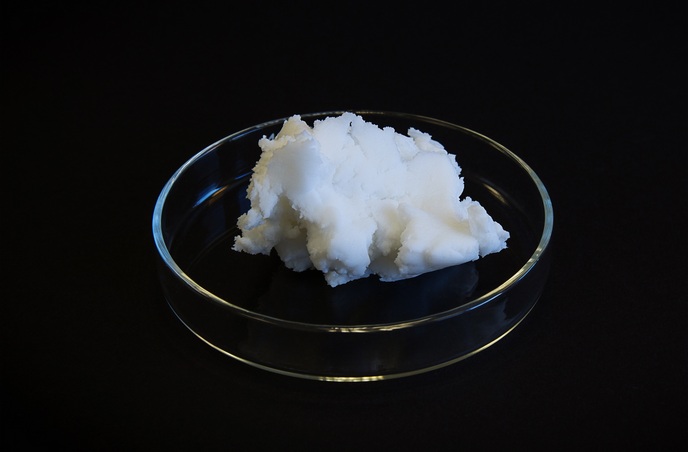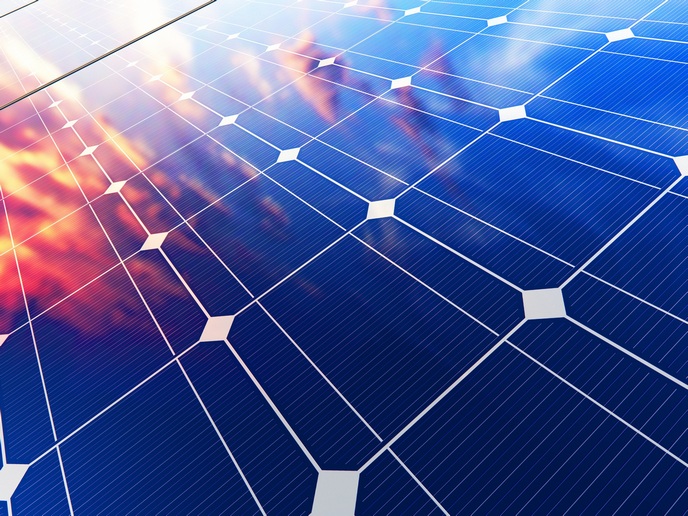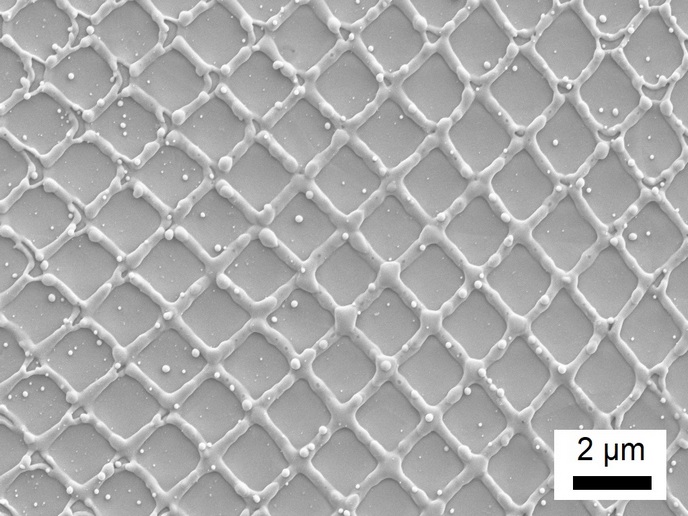Low-cost thin-film deposition processes
Copper indium gallium diselenide (CIGS) photovoltaics (PV) is one of the three main PV thin-film technologies used in solar cells. Despite having already entered the mass production stage, it currently relies on expensive and difficult to control vacuum-based deposition processes. Scientists initiated the http://www.scalenano.eu/(opens in new window) SCALENANO project to develop a non-vacuum-based alternative with environmentally friendly processes based on nanoparticle electrodeposition of the precursor material. This process results in better precursor lateral homogeneity. Project members are focusing on improving solar cell architectures by growing zinc oxide nanorod arrays on a transparent conductive oxide (TCO) layer by electrodeposition. In situ, online quality control and monitoring techniques are being developed to scale up non-vacuum processes in large-area substrates. Besides electrodeposition, researchers are working on validating and developing alternative processes to produce the next generation of chalcogenide-based cells and modules. Electrostatic spray-assisted vapour deposition (ESAVD) and chemical vapour deposition were some of the methods showing the greatest promise. Kesterite absorber materials were evaluated for their suitability as replacement material for the scarcely available indium in future thin-film solar cells. Scientists have already identified precursor systems for further optimisation and reliably produced them using easily scalable technology. They have successfully demonstrated an efficiency of up to 12 % in a CIGS electrodeposited layer on a 30 x 60 cm2 area. A kesterite device from electrodeposited metal precursors has been developed and chalcogenide layers based on ESAVD have also been deposited on a glass substrate. Furthermore, the first TCOs have been synthesised by employing electrodeposition, ESAVD or chemical bath deposition. SCALENANO plans to deliver low-cost deposition technology for depositing functional PV thin-film layers. The end products are expected to demonstrate efficient energy conversion at significantly reduced costs compared to conventional deposition methods.







